The rainy season usually begins in October, or November at least.
December is an unpredictable month, usually splendid and very green, sometimes stormy with beautiful thunderstorms coming from the eastern sector and fruit in abundance.
Usually rains do not become stable until January, are intense in February and in March the transition toward the dry semester begins. April and May can still be green months, but June is definitely arid, as nights get longer and colder with temperatures sometimes even lower than 50°F.
During the winter the sky is absolutely cloudless; the air is refreshed by a strong breeze from ESE with gusts during hotter hours. Water in the streams is then scarce but remains limpid. When the situation becomes paroxystic something breaks down and the weather cycle slowly changes and nature returns towards abundance.
Mean temperature: 73°F
Altitude: between 1900 and 2600 feet
Surface area: about 1500 acres
Water: many springs from internal rain basins.
Noise pollution: limited to rare vehicles on local roads and few aircraft
Light pollution: minimal; about 7 miles to the nearest small settlement
Fauna: wolves, rare jaguars, monkeys, anteaters, armadillos, raccoons, reptiles, toucans, tapirs, parrots, hawks, countless insects ....
Vegetation: mahogany, ipes, orchids,... a sample of rare balanced bio-diversity.

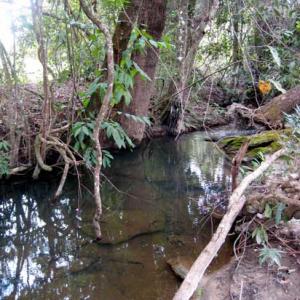
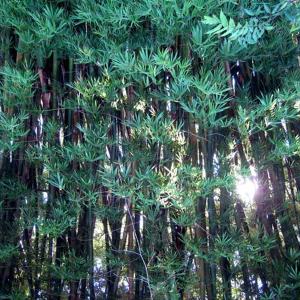
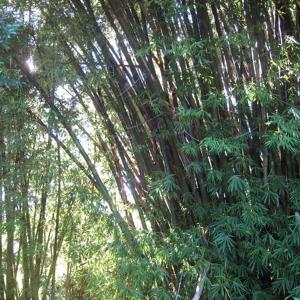
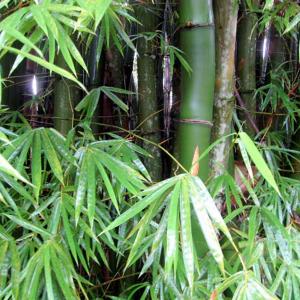
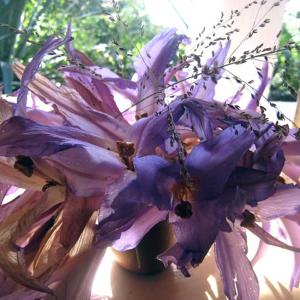
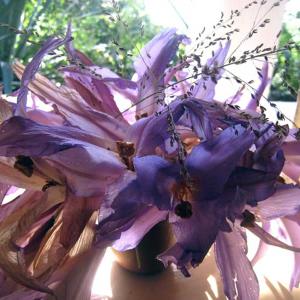
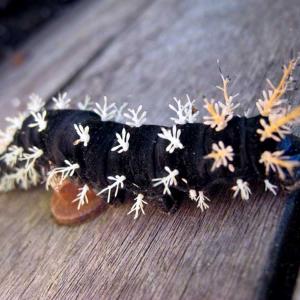
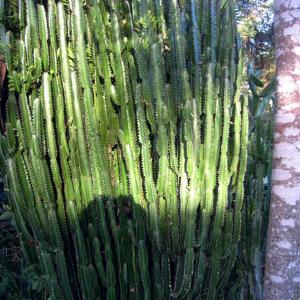
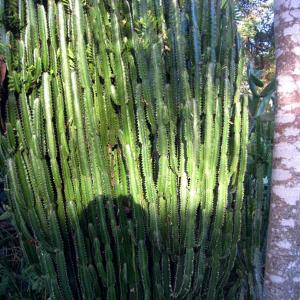
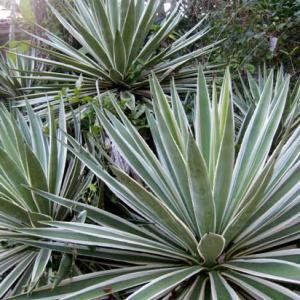
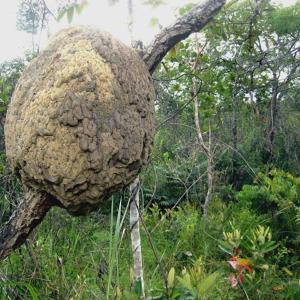
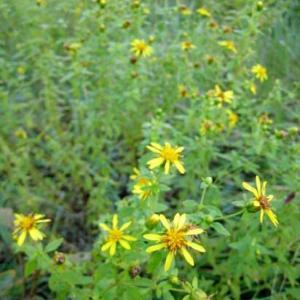
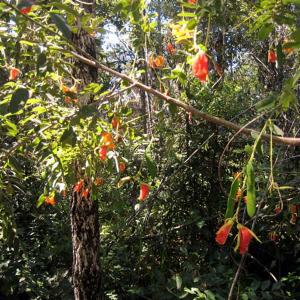
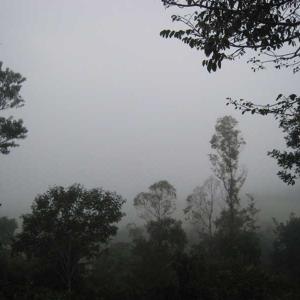
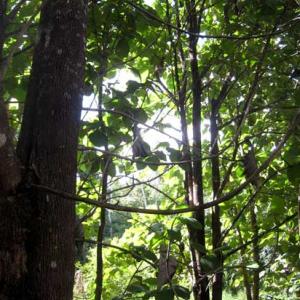
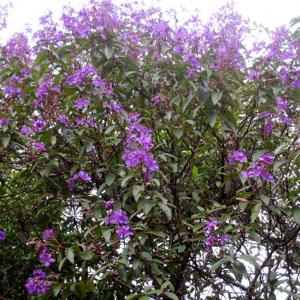
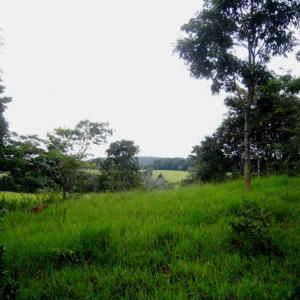
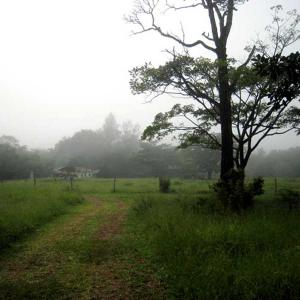
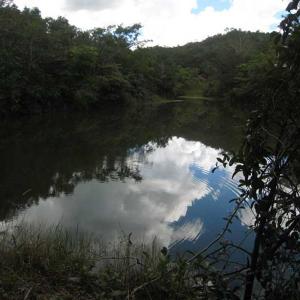
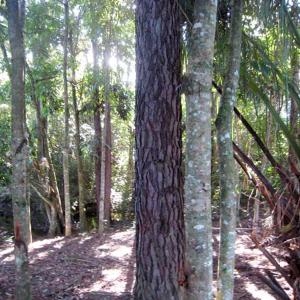
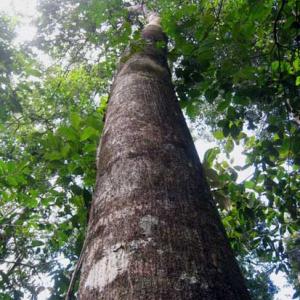
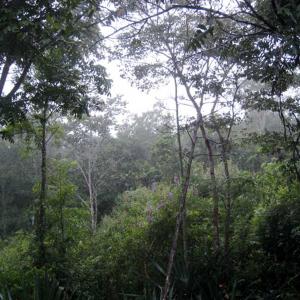
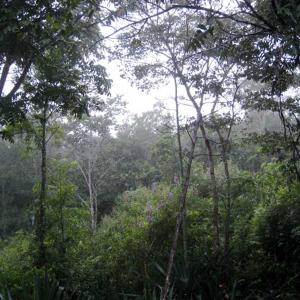






Comments 2
Say something